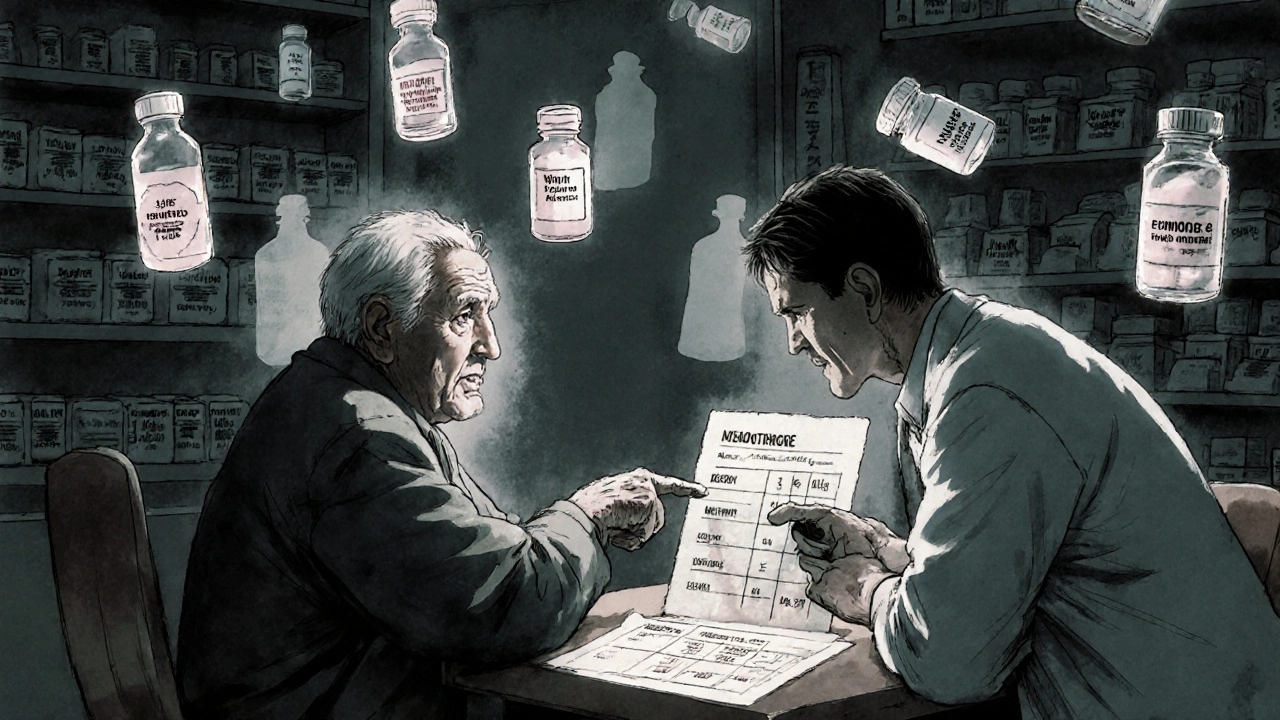Pharmacists play a vital role in Medication Therapy Management by optimizing generic drug use to improve adherence, reduce costs, and prevent adverse events. Learn how MTM works and why it matters for patient outcomes.
Generic Substitution: What It Means and How It Affects Your Medication
When your pharmacist hands you a pill that looks different from what your doctor prescribed, it’s likely due to generic substitution, the practice of replacing a brand-name drug with a chemically identical generic version approved by the FDA. Also known as therapeutic substitution, it’s a routine part of how pharmacies control costs — but it’s not always simple. This isn’t just about saving money. It’s about whether the switch actually works the same way in your body — especially if you’re taking something for heart disease, epilepsy, or mental health.
Not all generic drugs, medications that contain the same active ingredient as brand-name versions but are sold without the brand name. Also known as non-brand drugs, they are required to meet FDA standards for strength, purity, and performance. are created equal. Some, like authorized generics, exact copies of brand-name drugs made by the same company and sold under a different label. Also known as brand-identical generics, they have no differences in inactive ingredients or manufacturing. are practically indistinguishable from the original. Others might have different fillers or coatings that affect how quickly they dissolve — and that can matter a lot if you’re on a drug with a narrow therapeutic window, like warfarin or levothyroxine. Insurance companies often push for generic substitution because it cuts their costs, but they don’t always tell you when a switch happens or if it’s safe for your condition.
What’s your insurance actually covering? Many plans put brand-name drugs on higher tiers, forcing you to pay more unless you get an exception. Some even require you to try the generic first — a process called step therapy. And if you’re on a controlled substance like methadone or a complex drug like lopinavir/ritonavir, switching can trigger dangerous interactions or side effects. That’s why understanding your rights, knowing how to check label accuracy during prescription transfers, and recognizing when a generic might not be right for you is crucial. You’re not just getting a cheaper pill — you’re getting a different experience in your body, even if the active ingredient is the same.
The posts below break down exactly what happens when your prescription gets swapped — from how population pharmacokinetics proves drug equivalence, to why some people can’t safely switch from brand to generic, to how your insurance decides what you pay. You’ll find real-world examples of what works, what doesn’t, and what you need to ask your pharmacist before accepting any substitution. This isn’t theoretical. It’s about the pills you take every day — and whether the switch really saves you money, or just shifts the risk.

